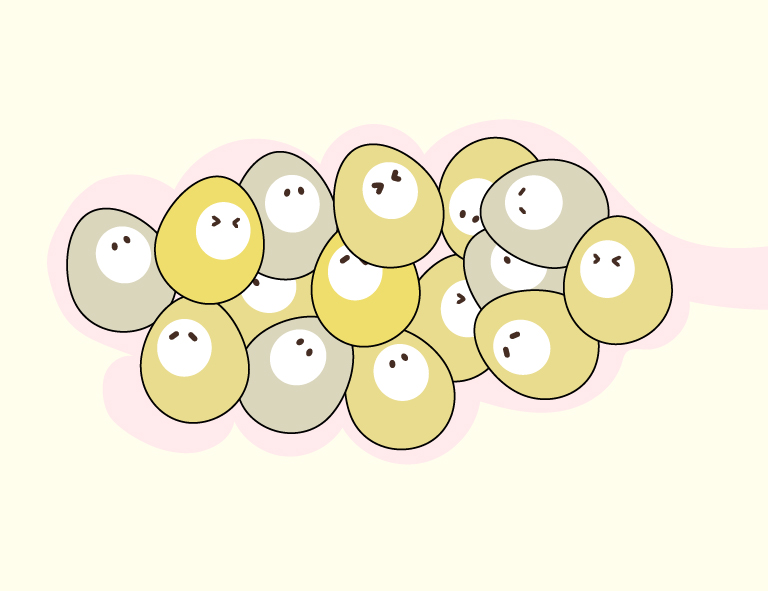
Germ cells including sperms and oocytes would be affected by the toxicity caused by cancer treatment, especially chemotherapy and radiotherapy. Therefore, in my humble opinion, every 21-century oncologist should consider and evaluate the possibility of preserving germ cells prior to cancer treatment.
Advanced technology is applied to freezing eggs through decades of progress. Nowadays “vitrification” is commonly used and this greatly improves the survival rate of egg thawing. Thus, such treatment before cancer therapy is more practical and important than ever.
Egg freezing courses used to take up to 3 months or more, but nowadays it requires a much shorter span of time, so your schedule for chemotherapy and radiotherapy will not be delayed. Here’s a story of a patient battling thyroid cancer, meanwhile successfully freezing oocytes and preserving future reproduction opportunities spending only 14 days by four-less treatment.
A Cancer-Fighting Story
Our protagonist, a 31-year-old female office worker, was diagnosed with thyroid
abnormalities at the beginning of this year. After surgery, the doctor found out that it was thyroid cancer, therefore recommended radiotherapy and chemotherapy (iodine-131). Shortly after the surgery, she visited us for the first time at Stork
11 (Stork Fertility Center- Taipei branch). At that time Taiwan was under Covid-19 level 3 alert, a time when everyone is trying to avoid visiting hospitals.
During our first meeting, there were barely any facial expressions on her. It was probably the exhaustion from the surgery or anxiety for future cancer treatment.
However, she was able to cut to the chase and bring up key questions. We can feel she was eager and determined to complete the egg freezing process before her cancer therapy.
Based on her previous AMH (Anti-Müllerian Hormone) test result, which is 3.14 ng/mL, we were able to program an individualized ovarian stimulation right away.

Cancer Treatment
She came to us on her menstrual cycle day 2. We chose the strong stimulation course, using corifollitropin-alfa (long-acting injection) for ovulation induction in order to reduce injections in the first week of stimulation. Following checkup (non-ultrasound, blood test only) was on menstrual cycle day 7. Given the estradiol level was only around 700 pg/mL, which did not meet our standard, we adjusted the dosage, adding three days of short-acting gonadotropin injections, in order to boost follicle development, and arranged a second checkup (blood test and ultrasound) on day 9. The ultrasound images-sizes of follicles and blood test results-estradiol level turned out great, so after another four-day gonadotropin supplementation, the oocyte retrieval surgery was arranged on day 15, no more following checkups needed. On surgery day, 18 eggs were obtained, of which 16 eggs were mature and successfully frozen. The numbers of ovum picked up and oocyte maturing rate had all met our standards.
At Stork, we help women with cancer preserve future reproductive opportunities by applying the four-less course. To sum up, we used a total number of eight injections (slightly increased for the first blood test the estradiol didn’t meet our standards), three clinic visits, two blood tests and one ultrasound checkup. 18 eggs were obtained and 16 of which were frozen. Four-less course makes it possible for you to work normally without constantly taking sick leaves, manage your time flexibly and to coordinate follicle development. We’re in this together, with our support, you are not alone on this difficult cancer-battling journey.



